The price is available ON REQUEST
Treatment cost
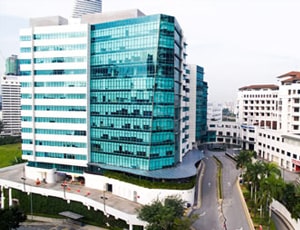
Parkway Pantai located in Kuala Lumpur, Malaysia is accredited by JCI. Also listed below are some of the most prominent infrastructural details:

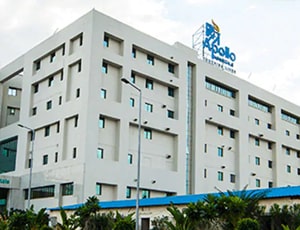
Apollo Hospital located in Chennai, India is accredited by JCI, NABH. Also listed below are some of the most prominent infrastructural details:
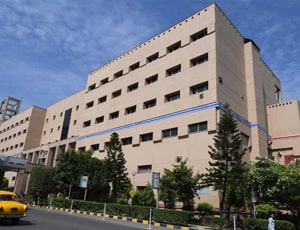
Apollo Multispecialty Hospitals located in Kolkata, India is accredited by JCI, NABH. Also listed below are some of the most prominent infrastructural details:

Memorial Atasehir Hospital located in Istanbul, Turkey is accredited by JCI. Also listed below are some of the most prominent infrastructural details:
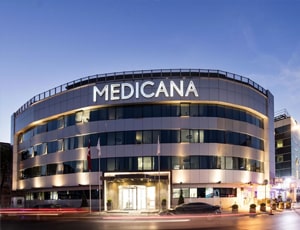
Medicana Bahcelievler Hospital located in Istanbul, Turkey is accredited by ISO, JCI. Also listed below are some of the most prominent infrastructural details:
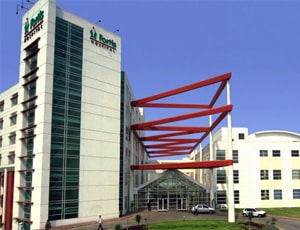
Fortis Hospital located in Noida, India is accredited by ISO, NABH. Also listed below are some of the most prominent infrastructural details:
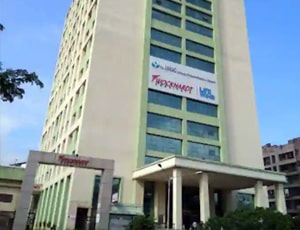
Wockhardt Hospital, Umrao located in Thane, India is accredited by NABH. Also listed below are some of the most prominent infrastructural details:
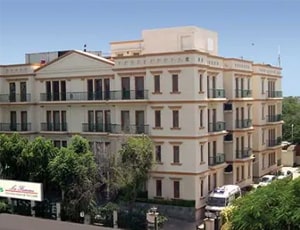
Fortis La Femme is a unique facility, which is inspired by the belief that a woman is a special person with all special needs. Their patient-sensitive services are offered in a world-class facility with an elegant ambience with value-added conveniences. The hospital has modern infrastructure which contributes to the delivery of effective treatment with ease and accuracy. It also has also modern facilities for international patients which makes it an excellent health care center in India.
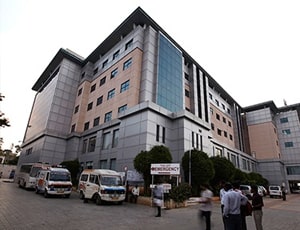
BGS Gleneagles Global Hospitals located in Bengaluru, India is accredited by NABH, NABL. Also listed below are some of the most prominent infrastructural details:
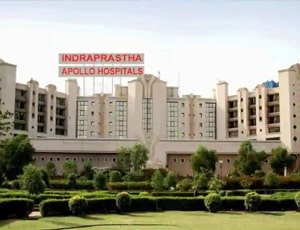
Indraprastha Apollo Hospital is known for delivering treatment to over 200,000 patients every year; 10,000 of which are generally medical tourists. The efficient team of doctors has the record of 99.6 percent success rate. Indraprastha Apollo Hospital deals in treatment of over 50 specialities.
Let’s see some of the features of the infrastructure:

Shanti Mukand Hospital located in New Delhi, India is accredited by ISO, NABH. Also listed below are some of the most prominent infrastructural details:
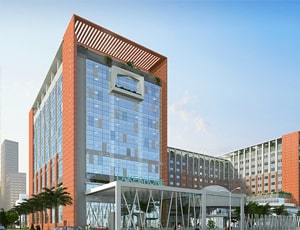
VPS Lakeshore Hospital located in Kochi, India is accredited by NABH. Also listed below are some of the most prominent infrastructural details:

Acibadem Maslak Hospital located in Istanbul, Turkey is accredited by JCI. Also listed below are some of the most prominent infrastructural details:
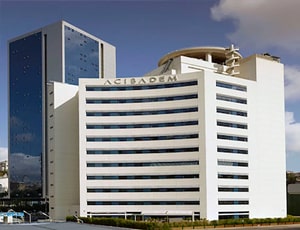
Acibadem Fulya Hospital located in Istanbul, Turkey is accredited by JCI. Also listed below are some of the most prominent infrastructural details:
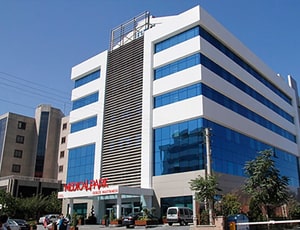
Medical Park Gebze Hospital located in Kocaeli, Turkey is accredited by JCI. Also listed below are some of the most prominent infrastructural details:
Polycystic ovary syndrome (PCOS) is a hormonal disorder that mostly occurs during a woman's reproductive years. High levels of androgens and irregular or protracted menstrual cycles are common in women with PCOS. The formation of several tiny fluid-filled sacs, or cysts, around the ovaries' periphery is a hallmark of PCOS. These cysts contain immature eggs, known as follicles, which fail to regularly release eggs.
The exact cause of PCOS remains unknown. However, early diagnosis and treatment, combined with weight loss, can help reduce the risk of long-term complications like type 2 diabetes and heart disease.
Generally, there are 4 types of PCOS
if you experience symptoms like headaches, infections, or skin allergies and your blood tests reveal that you have a vitamin D deficiency, an abnormal blood count, or elevated thyroid levels. These are symptoms of Inflammatory PCOS.
Who can get treatment for PCOS?
Not all women with polycystic ovarian syndrome (PCOS) require treatment. However, treatment is recommended for the following groups:
PCOS treatment aims to address specific concerns, such as infertility, hirsutism, acne, or obesity. Treatment options may include lifestyle changes and medication.
Lifestyle Changes
Your doctor may suggest losing weight through a combination of a low-calorie diet and moderate exercise. Even a slight weight loss, such as 5% of your body weight, can significantly improve your condition. Shedding excess weight can enhance the effectiveness of medications prescribed for PCOS and assist with infertility issues. Your healthcare provider and a registered dietitian can collaborate to create an optimal weight-loss plan for you.
Medications
To regulate your periods, your doctors might recommend different types of medication:
Combination Birth Control Pills:
These combination pills assist control of estrogen levels and reduce androgen production since they include both progestin and estrogen. Balancing these hormones can reduce the risk of endometrial cancer and address issues like irregular bleeding, excess hair growth, and acne.
Progestin Therapy: Taking progestin for 10 to 14 days every 1 to 2 months can regulate your menstrual cycles and protect against endometrial cancer. However, this therapy does not improve androgen levels and will not prevent pregnancy. If pregnancy prevention is also a goal, the progestin-only minipill or a progestin-containing intrauterine device may be more suitable options.
Surgery: Insome cases,a surgical procedure can also help to restore ovulation by removing tissue from the ovaries that produce androgen hormones. However, this procedure is rarely performed now due to the availability of newer medications.
Recovery after PCOS treatment involves managing symptoms through lifestyle changes, medication, or surgery. Regular follow-up with your healthcare provider helps monitor progress and adjust treatments as needed. With proper management, many women see improvements in symptoms and overall health.
Ask your healthcare adviser for the best multiple options and choose the one that meets your expectations
The cost of Polycystic Ovarian Syndrome (PCOS) Treatment in Malaysia may differ from one medical facility to the other. The top hospitals for Polycystic Ovarian Syndrome (PCOS) Treatment in Malaysia covers all the expenses related to the pre-surgery investigations of the candidate. The Polycystic Ovarian Syndrome (PCOS) Treatment procedure in Malaysia includes the fees of the surgeon, hospitalization and anesthesia as well. There are many things that may increase the cost of Polycystic Ovarian Syndrome (PCOS) Treatment in Malaysia, including prolonged hospital stay and complications after the procedure.
There are many hospitals that perform Polycystic Ovarian Syndrome (PCOS) Treatment in Malaysia. Some of the best hospitals for Polycystic Ovarian Syndrome (PCOS) Treatment in Malaysia include the following:
After Polycystic Ovarian Syndrome (PCOS) Treatment in Malaysia, the patient is supposed to stay in guest house for another 21 days. This duration of stay is recommended to complete all the necessary follow-ups and control tests to ensure that the surgery was successful.
There are certain additional cost that the patient has to pay apart from the Polycystic Ovarian Syndrome (PCOS) Treatment cost. The extra charges may start from USD 50 per person.
Some of the cpopular cities in Malaysia that offer Polycystic Ovarian Syndrome (PCOS) Treatment include the following:
After Polycystic Ovarian Syndrome (PCOS) Treatment, the patient is supposed to stay for about 1 day in the hospital for recovery and monitoring. This phase is important to ensure that the patient is recovering well and is clinically stable. During this time, several tests are performed before the patient is deemed suitable for discharge.
There are more than 1 hospitals that offer Polycystic Ovarian Syndrome (PCOS) Treatment in Malaysia. These clinics have propoer infrastructure as well as offer good quality of services when it comes to Polycystic Ovarian Syndrome (PCOS) Treatment Also, these hospitals follow the necessary guidelines as required by the medical associations for the treatment of Polycystic Ovarian Syndrome (PCOS) Treatment patients.